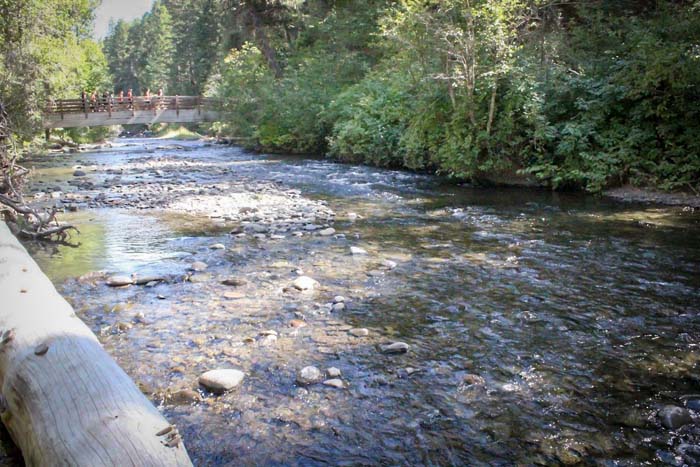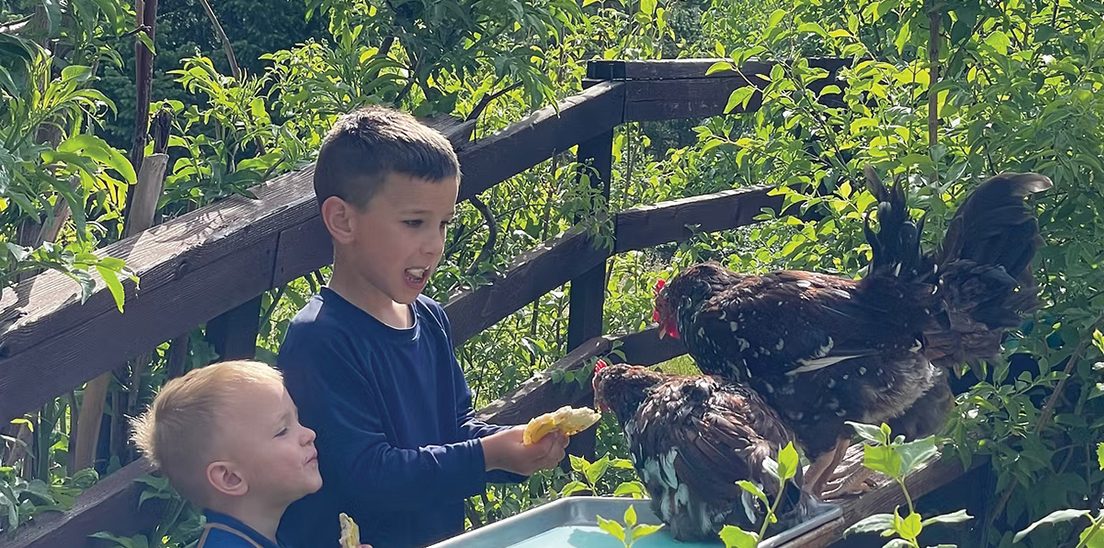Between the rows: The proper use and handling of perlite
Published 3:00 am Tuesday, May 30, 2023

- Schmidt
Perlite is a material commonly found in potting mixes. It is a volcanic glass with a fairly high water content. Perlite expands explosively when heated.
Trending
Perlite is used in the ceramic industry to lower the sintering temperature, and in the floral and landscape industries as an additive to potting mixes.
Perlite, as we buy it in nurseries and the plant section of department and farm stores, contains a noticeable level of fluoride. Toxicity can occur with a concentration of as little as 1 ppm (part per million).The fluoride can be mostly removed by two leaching rinses.
Fluoride may be great for our teeth, but it can have a negative effect on the plants we grow, especially those in pots.
Trending
The plants that are sensitive to fluoride generally are in two main groups, the lilies (liliaceae) and the prayer plants (marantaceae).
Other plants sensitive to fluoride and common to greenhouses are dracaenas, spider plants, yuccas, parlor palms, good luck plants, and Tahitian bridal veil — mostly plants grown for foliage.
Common symptoms of fluoride toxicity in our plants are chlorosis (yellowing) of the tips and margins of leaves followed by necrosis of these areas.
Treatment of fluoride toxicity is avoiding the use of acidic materials (an alkaline environment prevents fluoride from leaching out) and also rinsing the perlite up to five times (the fluoride readily rinses off).
Many municipal water supplies have fluoride added to them to help prevent tooth decay. Neither La Grande nor Baker City adds fluoride to the water, although it can occur naturally as well.
A caution about using perlite: when using dry perlite, you should wear a mask. The fine dust is easily inhaled and is dangerous to the lungs, as it absorbs 38% of its weight in water. This makes it a wonderful additive to potting soil, and a health risk when it is in your lungs.









